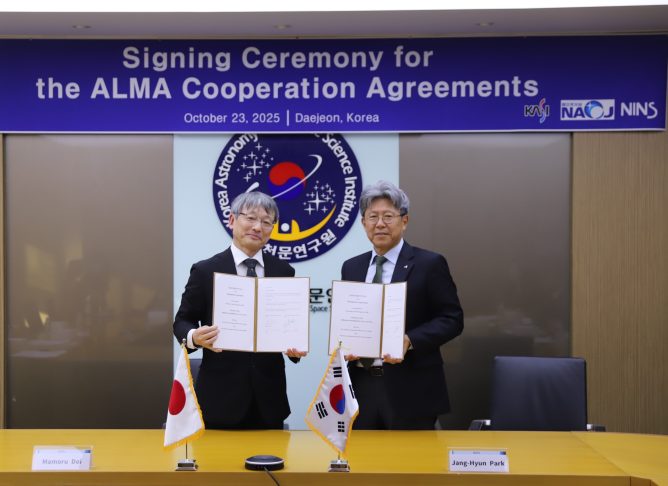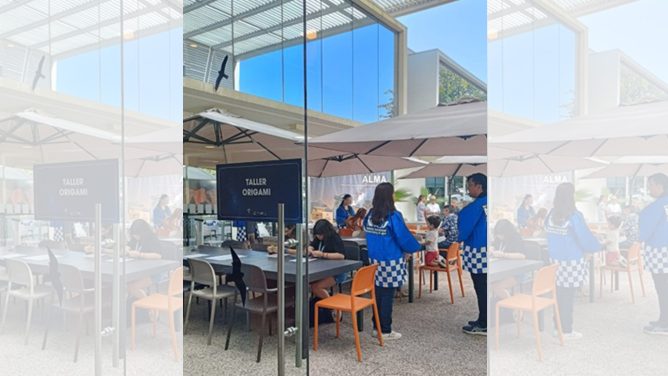On October 1, 2019, a new observing cycle will kick off at ALMA. Cycle 7 will have 4,300 hours available for observations with the 12 meters diameter antennas array. The ALMA Review Panels carried out the scientific assessment of the 1,773 proposals submitted in response to the Call for Proposals last April.
In June 2019, the panels met in Atlanta (USA). One hundred fifty-eight astronomers from around the world gathered to rank the non-large proposals scientifically. The panels, together with their chairs, also recommend which Large Programs, requiring more than 50 hours of observation, should schedule the observatory.
Astronomers from all over the world submitted 1,773 proposals requesting 19,148 hours of 12-m Array time for Cycle 7. The overall subscription rate on the 12-m Array was 4.5.
The observatory assigns then priority grades to each proposal and creates an observing schedule. This schedule must balance the time across the regions of the ALMA Executives and take into account the array configuration schedule and historical weather conditions at the high site, where the antennas are located (5,000 meters above sea level).
Proposals graded A and B will have 4,033 hours available. Together, with the 267 hours needed to complete the carry-forward time for Cycle 6 grade A projects, this constitutes the 4,300 hours of 12-m Array time expected to be available.
To rank the proposals received, the reviewers split into five different committees. Each one will evaluate projects for different ALMA science categories. These categories are Cosmology and the High Redshift Universe; Galaxies and Galactic nuclei; ISM, Star Formation and Astrochemistry; Circumstellar Disks, Exoplanets, and Solar System; and Stellar Evolution and the Sun.
The community submitted fourteen Large Programs in Cycle 7. The panel recommended to observe four: “VERTICO: The Virgo Environment Traced in CO” from Toby Brown (North America); “ALMAGAL: ALMA Evolutionary study of High Mass Protocluster Formation in the Galaxy” from Sergio Molinari (Europe); “Early Planet Formation in Embedded Disks” from Nagayoshi Ohashi (East Asia); “REBELS: An ALMA Large Program to Discover the Most Luminous [CII]+[OIII] Galaxies in the Epoch of Reionization” from Rychard Bouwens (Europe). Collectively, the observatory allocated 280 hours to these four Large Programs on the 12-m Array.
Furthermore, Cycle 7 received 17 proposals for Very Long Baseline Interferometry (VLBI) observations, the technique used to produce the first picture of a black hole, back in April 2019. Eight proposals as part of the Global mm VLBI Array (GMVA) and nine for the Event Horizon Telescope (EHT). Based on the scientific rankings from the review panels, two GMVA proposals and four EHT proposals were eligible to be scheduled.










